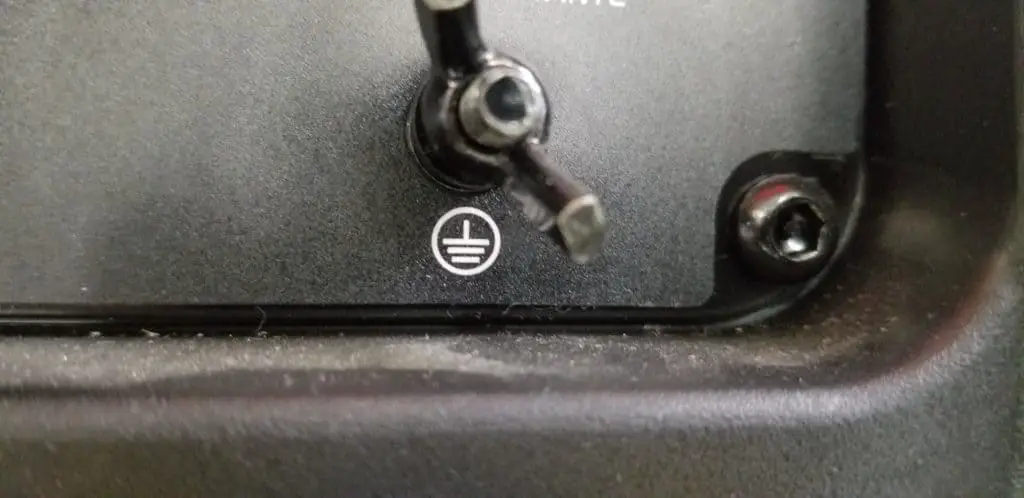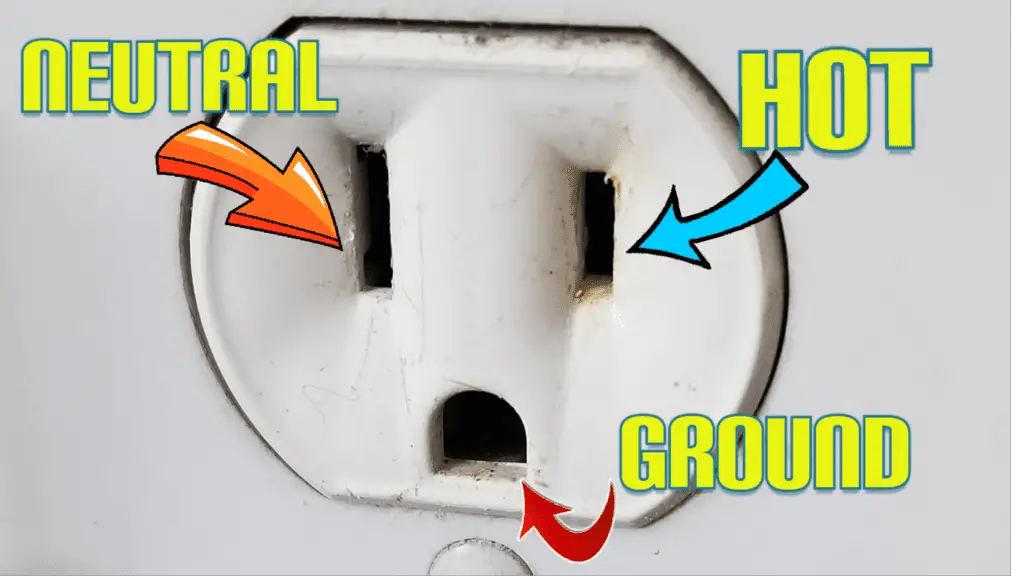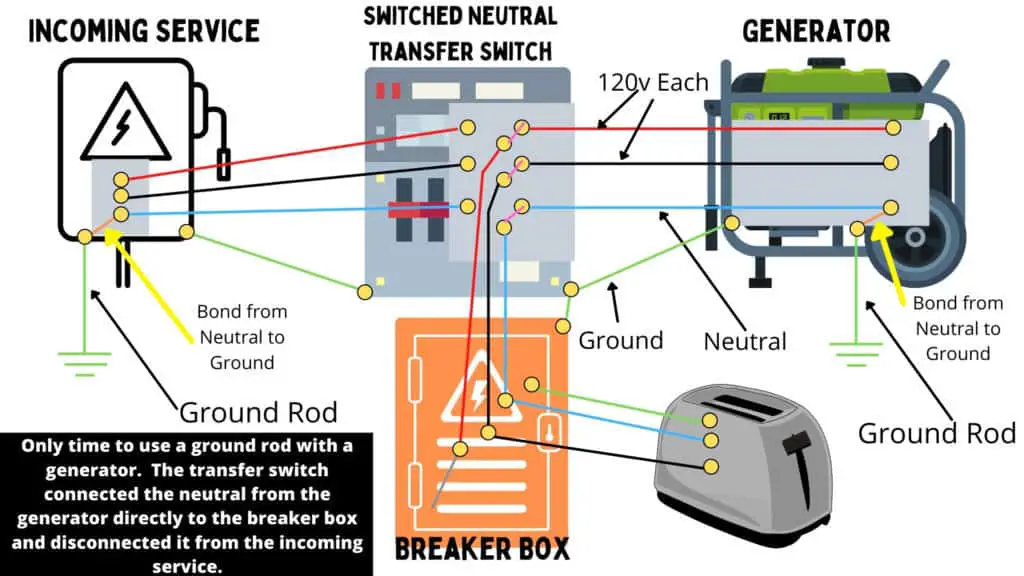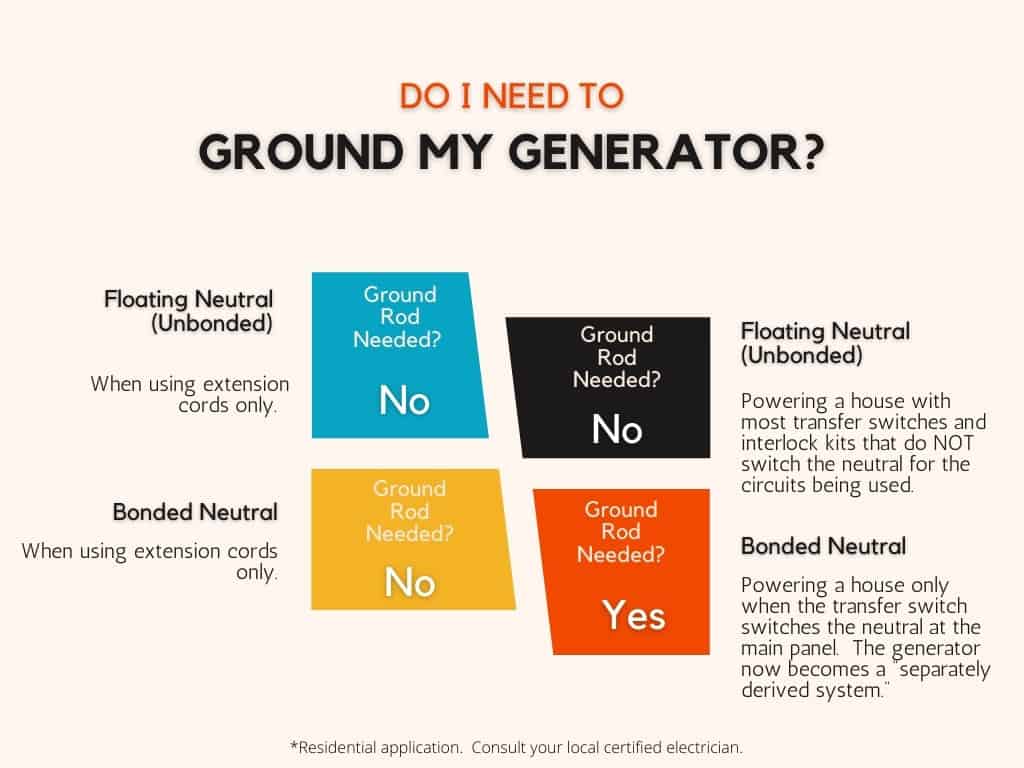For a homeowner, one of the most confusing aspects of owning a portable generator is knowing whether or not to ground it with a ground rod when in use. It seems like the answer is a toss of a coin when researching online or asking anyone who thinks they know a thing or two about the subject.
I have a much more detailed article here on grounding a generator that is long but simple to read that breaks down this whole situation, but this article is to summarize that article for a quicker read.
For residential applications, a portable generator only needs to be grounded with a grounding electrode (ground rod) when the generator is powering a house with a Switched Neutral Transfer Switch. A transfer switch of this type removes the home’s ground rod from the equation in the event of a lightning strike and the generator must have one installed. The generator must also be bonded in this case.
I know, that seems like a lot to digest if you’re new the to concept. I’ll cover it all so you can understand it, but again, if anything is unclear, please check out the link above for a more detailed explanation of anything you don’t fully understand.

Why Does a Generator Need to be Grounded (Have a Ground Rod)?
In most situations, a portable generator is already properly grounded simply by the frame of the generator itself according to NEC codes. As a general rule, a generator needs to be grounded in order to mitigate damage to appliances and metal pathways inside your home and give lightning a path to the earth in the event that the generator should be struck by lightning during a storm.
If I’m reading your mind correctly, you probably thought I was going to say that grounding a generator keeps you from getting shocked if there’s a fault in the line. Sorry to be the bearer of bad news, but protection from electrocution only happens when your generator, or the system that it’s connected to, is bonded so that a breaker can open or trip.
Grounding, with a ground rod/electrode attempts to provide a path for high pulse direct current from a lightning strike (among a few other things) to the earth and to mitigate its effects. Bonding prevents getting shocked.
Having a ground rod just for grins and giggles when it is not required can actually lead to electrical shock.
Don’t believe me? Check out what one of the main guys at OSHA had to say.
Before you go an drive a copper rod into the ground, know that in almost all circumstances that your generator is already grounded and you don’t have to do a thing!
In most situations where you’re using your generator to power appliances with an extension cord or even power your house, the metal frame of the generator serves as the grounding electrode and provides the required contact with the earth. No ground rod is needed in most situations.
You can check out OSHA’s 1926.404(f)(3)(i) which essentially says that if you’re 1.) using extension cords to power tools/appliances, AND 2.) the grounding pins (the bottom almost circular ones) on the generator’s receptacles are bonded to the frame of the generator along with the non-current carrying metal equipment (gas tank, etc.), then you DO NOT need to have a ground rod.
You can easily test to see if you have continuity with a multimeter between the ground pin of a receptacle and the frame of the generator, and also between the gas tank and the frame or ground pin. You may have to find a place without paint to get an accurate reading, but it should beep.
You can also check to see if your generator is bonded with a multimeter as well.

Does Using a Ground Rod Protect Me from Electrocution?
As we briefly mentioned above, a ground rod will not protect you from electrocution with ordinary faults when touching damaged appliances.
A ground rod offers an easier path to the earth primarily for the high pulse DC current of lightning strikes if your home should be struck.
Lightning likes to go between the earth and the clouds. The electricity that we use from our generator or the stuff that’s supplied by the power company doesn’t like to go to the earth at all (unless it provides a path back to the source) and seeks to return to the source to make a complete circuit.
Unfortunately, so much of the confusion with this subject comes from all of the terms that sound the same but are indeed very different. Ground, grounding, grounded, system ground, equipment ground, grounding conductor, grounded conductor, earth ground, etc. These terms are NOT interchangeable.
To keep it simple, we use alternating current when we plug stuff into the walls with either a 120v or 240v receptacle. We only experience the effects of the electricity for accomplishing work when the electricity can complete the circuit.
By that, I mean that the electricity flows from your generator (or breaker box), through the wires to an appliance, the appliance does work, and then takes the return path back to the source (the generator or breaker box). If you snip the hot wire, or the neutral wire (the return), then the light bulb will cease to illuminate.
If, for example, you had a metal toaster with a damaged hot wire that broke off inside the toaster and was rubbing against the inside of the toaster and energizing the metal frame, then you could definitely have a shock hazard under the right conditions if you were to somehow complete the circuit.
Let’s imagine this imaginary toaster was hooked to its own 8′ copper rod in the ground via a wire between the frame and the rod.
You wouldn’t accomplish anything as far as reducing the chance of being shocked or clearing the fault. It could be argued that you’re actually increasing the odds by energizing more objects that can’t find a path back to the source.
All this would do is energize the toaster frame, the ground rod, and the wire attaching them. The electricity would essentially be “backed up” and waiting to flow, for all intents and purposes. The only direction it wants to flow is back to the source.
That’s why bonding is important.
A breaker that trips when a fault occurs is what keeps you from getting electrocuted.
In order for a breaker to do this you need to have a system that’s bonded. By bonded, I mean that the neutral and the ground of a system are physically linked at the main panel of your house (or inside the generator).
For an easy to understand article on bonding and floating neutral, check out my article here.
Imagine a 3-prong plug that you use for many of your appliances. One is hot, one is neutral, and the bottom one is ground.

If you had that hot wire in the toaster break off and energize the frame of the toaster, the electricity would no longer be able to travel back to the source via the neutral wire since the connection was severed and there is now a fault.
The frame of the toaster is connected to the ground wire that runs through the plug. The electricity will travel along the ground wire, back through the wires in the walls and to your main panel because at the main panel your home’s ground wires are all physically linked with the neutral system.
Once the electricity makes it back to the panel via the ground wire, it jumps over to the neutral and back to the breaker where it originated. The breaker will trip because it is designed to do so when it recognizes that the appliance didn’t do any work with the electricity provided.
You are now safer from electrocution. The rate at which a breaker trips is dependent on the amperage reaching it in the event of a fault. Often times it happens faster than you can blink.
Caution: There can only be one bonding point (where the neutral and ground are physically linked) within a system.
When is Ground Rod Required?
Ok, now that we got that out of the way, let’s talk about when you need to use a ground rod — which again, is used to mitigate damage from lightning strikes inside the home and NOT to protect you from electrocution if there were a fault in the system.
If you’re using your generator to plug items into it with an extension cord, then you do NOT need to use a ground rod. The frame serves as the ground electrode. Again, adding a ground electrode when it is not needed may actually put you in more danger.
Here’s that link again to what one of the main guys at OSHA had to say about adding a ground electrode when you don’t need to.
Caution: It is recommended that you use a bonded generator when powering tools with extension cords.
If you are back-feeding your home with a standard interlocked breaker or transfer switch, you do NOT need to use a ground rod. In this case, the generator is feeding power to the house but the ground rod for the home is shared by both of them. Having more is not better, and in fact can be dangerous!
Check out the video below.
The only time you MUST use a ground rod is when you are using a switched neutral transfer switch. In this case, the transfer switch is breaking the neutral (and the hot) of the circuit that you plan on using from the home and switching it over to the generator itself.
The generator must also be bonded in this case as well for your protection from electrocution since the neutral and ground bond at the panel has been taken out of the equation by the switched neutral transfer switch.

Now, if lightning hits the generator it is no longer sharing a ground rod with the home. If the generator was simply powering some power tools with an extension cord, OSHA and the NEC wouldn’t care about a ground rod since the only thing that can get damaged is the generator, the tool, and you. I care about you though!
To be clear, lightning is going to do what lightning is going to do. A ground rod is not going to stop lighting from damaging appliances. If everything is routed to a ground rod though, it provides an easier path for the high pulse, electromagnetic DC current to flow should you get hit and lessens the chance of a fire or electrocution from arcing within the home.
However, since the generator is powering circuits within the home, there are codes and regulations that now come into play because the damage and danger can be much more extensive, and the frame of the generator is no longer adequate for serving as the ground electrode as it’s tied to all of the wires inside of your walls.

In this case, a bonded generator that is powering a house with a switched neutral transfer switch MUST use a ground rod that meets your local regulations and codes. It may need to be a 6′ rod or an 8′ rod. There will also need to be a minimum distance between it and your home’s ground rod to prevent lightning from traveling down one, through the earth, and up through the other.
*** Consult your local certified electrician before making any changes in your generator, the breaker box, or the transfer switch. This article is for entertainment purposes only.
